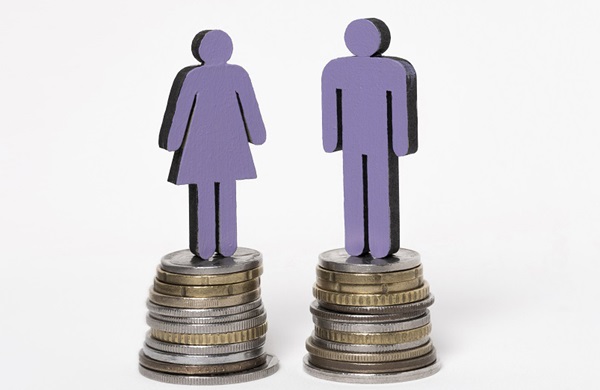 Credit: STATEC
Credit: STATEC
To mark International Women's Day, STATEC has published the latest figures on the gender pay gap.
They show that, in 2022, the gap will be of -0.7% (in favour of women) when average hourly earnings are considered, but that the gap will still tilt in favour of men when annual earnings are considered, given that a small percentage of men earn very high salaries and bonuses, and that women work more part-time.
As STATEC showed last year, the European indicator of the gender pay gap (GPG) changed sign in Luxembourg for the first time in 2021, reaching -0.2%.
It's worth noting that this indicator, calculated by the STATEC based on a common European methodology established by Eurostat, represents the gap between the average gross hourly wage of men and women, expressed as a percentage of that of men. A positive figure indicates that the average wage of men exceeds that of women, while a negative figure indicates that the average wage of women is higher than that of men.
With -0.7% in 2022, this gap continued to tilt further in favour of women, unlike all other European Union countries, where the average hourly wage of men still exceeds that of women.
On a European average, the GPG stands at 12.7%. In neighbouring countries, according to the latest estimates, the GPG stands at 17.7% in Germany, 13.9% in France and 5.0% in Belgium.
Although this European indicator clearly shows that significant progress has been made in Luxembourg to achieve equal pay between the sexes (it was still +10.7% in favour of men in 2006 and +1.4% in 2018), it nevertheless hides a slightly more complex reality.
The European indicator is calculated based on the average salary. However, the average salary can be strongly influenced by the very high salaries of a very small percentage of people, who in this case are mostly men. It is therefore important to have a look at the distribution of salaries, STATEC noted.
Additionally, the European indicator compares average hourly wages. By taking as a basis of calculation not the hourly salary but the average annual salary of a full-time equivalent (FTE), including end-of-year bonuses, the difference remained in favour of men (+4.5%), given that (a small percentage of) the latter benefit from bigger bonuses than women.
However, excluding these bonuses, STATEC found almost equal pay also in terms of annual FTE salaries (GPG of 0.1%).








